Elevating EHR-Driven Workflows with Enterprise Cardiovascular
Enterprise Imaging has become a cornerstone for many healthcare organizations seeking to streamline the collection, storage, and management of comprehensive medical imaging records. For good reason – this approach offers significant efficiencies, ensuring that imaging data is accessible and consolidated across various departments.
However, the intricate nature of cardiology presents unique challenges that general Enterprise Imaging solutions often fail to address. Cardiology encompasses a diverse patient demographic – from pediatrics to geriatrics – and a broad spectrum of modalities, including echocardiography, CT/MRI, and invasive procedures like cardiac catheterization. These complexities necessitate specialized workflows tailored to the specific demands of cardiovascular care.
Where Enterprise Imaging Falls Short for Cardiology
Current Enterprise Imaging systems frequently lack the depth required for cardiology’s specialized needs. They often fall short in providing comprehensive structured reporting, intelligent image display, and tools customized for subspecialties such as congenital heart disease, electrophysiology, and others that could be enhanced by automation and a growing number of AI algorithms. Without these capabilities, achieving a seamless workflow that meets both efficiency and quality objectives remains elusive.
What Makes an EHR-Integrated Cardiovascular Solution ‘Enterprise-Ready’
As Electronic Health Records (EHRs) have become central to healthcare information systems, many organizations are leaning towards EHR-driven workflows. From patient registration and order placement to report generation and treatment management, EHRs are integral to the care continuum across imaging subspecialties. Yet, much like Enterprise Imaging solutions, EHR-driven clinical workflows often do not fully cater to the nuanced requirements of cardiology.
Effective EHR-driven cardiovascular workflows must accommodate the unique needs of cardiology patients, diverse procedures, specialized reporting techniques, and automation. This level of sophistication extends beyond the standard functionalities of most EHR workflow solutions. For instance, the ability to not only support multimodality structured reporting, but to anticipate and drive modality-specific workflows while providing a comprehensive platform that satisfies all clinical structured reporting requirements.
The Importance of Getting Cardiovascular Workflow Right
Cardiovascular care represents one of the largest service lines in healthcare, with heart disease remaining the leading cause of death in the United States. An EHR that successfully unifies the healthcare enterprise while simultaneously meeting the specialized needs of cardiologists is poised for market leadership.
ASCEND Cardiovascular: A Smarter Path to Seamless EHR Integration
By partnering with a leading cardiovascular workflow company like ASCEND Cardiovascular, EHR vendors can enhance their offerings to meet the specialized demands of cardiology. ASCEND provides comprehensive multimodality structured reporting, intelligent cardiovascular image visualization, advanced collaboration, and robust analytics that improve efficiency, outcomes, and return on investment. Designed with openness in mind, ASCEND’s solutions integrate with EHRs, medical devices, and other enterprise systems to deliver seamless workflows across various procedure types and modalities.

